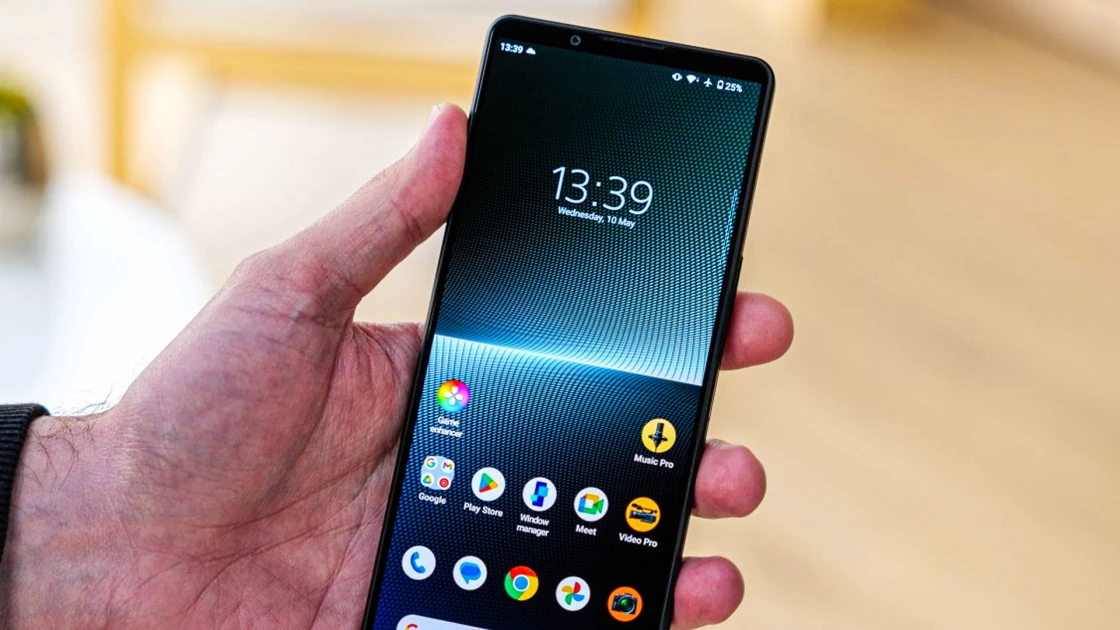
They want to integrate human brain cells into machines they are preparing!!!!
last year, Monash University scientists have created the ‘DishBrain’ -One Semi-biological chip A computer with 800,000 human and mouse brain cells growing on its poles. Show something like emotion, learn to play pong within five minutes.
The microelectrode array is at the heart of the DishBrain He was able to read the activity in brain cells and stimulate them with electrical signals. So he created the research team A copy of pong The brain cells were fed a moving electrical stimulus to represent which side of the “screen” the ball was on and how far it was from the paddle. They let the brain cells work, moving the racket left and right.
Then they were created A very basic reward system, using the fact that small groups of brain cells tend to try to reduce the unpredictability of their environment. So if the paddle hits the ball, the cells will receive A nice predictable incentive. but if you lose, Cells will receive four seconds of completely unexpected alert.
It was the first time that brain cells grown in a lab had been used in this way, not only to give a way to sense the world, but also to act on it, and the results were “impressive”.
Funding the use of human brain cells in computer chips
Impressively, the research – which was carried out in collaboration with Melbourne start-up Cortical Labs – has now attracted a grant $407,000 from the National Grants Program for Intelligence Research and Security Discovery.
These programmable chips, that combine biological computers and artificial intelligence, “In the future they may eventually outperform all silicon-based materials,” says project leader Associate Professor Adel El-Razi.
“The results of research like this will have significant implications in multiple areas, including but not limited to design, robotics, advanced automation, brain-machine interfaces and drug discovery, giving Australia a significant strategic advantage,” he said.
Using human brain cells, machines could possess a new kind of machine intelligence
Advanced learning capabilities dishbrainIn other words, they can support a A new generation of machine learning, particularly when integrated into autonomous vehicles, drones, and robots. Al-Razi says it could give them “a new kind of machine intelligence that can learn throughout its life.”
the The technology promises machines that can continue to learn new abilities without compromising old onescan adapt well to change and draw old knowledge into new situations – while constantly improving the use of computing power, memory and energy.
We will use this grant. Al-Razi says, “To evolve Better AI machines replicate the learning ability of these biological neural networks. This will help us scale the capacity of the devices and methods to the point where ato become a viable alternative to silicon computing.”
(Photo: Pixabay)

“Avid problem solver. Extreme social media junkie. Beer buff. Coffee guru. Internet geek. Travel ninja.”





More Stories
Perhaps this is how much Sony's new flagship will cost
Switch 2 reportedly replaces snap-on Joy-Con with magnetic one – Nintendo
Our Milky Way galaxy is a massive magnet that is being mapped in three dimensions for the first time